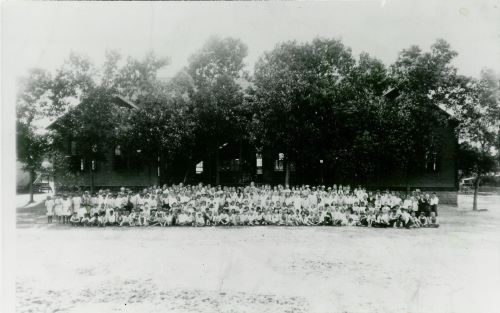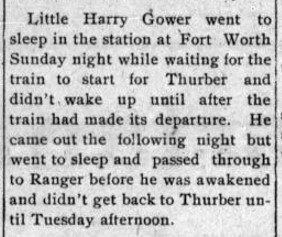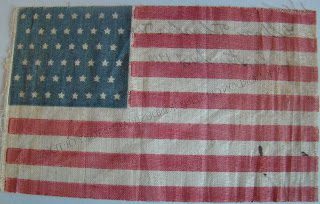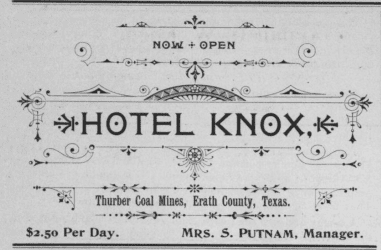The Working Child: Child Labor in the Early 20th Century
By Shala Scarlato
Thurber was no stranger to labor strikes and unions. Many miners joined so they could fight for better pay and shorter work days. While Thurber was at its strongest, the National Child Labor Committee (NCLC) was busy trying to convince adults that children needed to be covered under labor laws as well. The NCLC never came to Thurber, this may be because Thurber provided for their children more than most cities. There were three schools for children. A public school, a private Catholic school (Hunter Academy), and a public school for Black children (Hunter School). Despite this, many young men would not be found in the buildings. Only one-third of the town’s school-aged children even attended the schools. Most of the students attending were girls, as no males over the age of fifteen attended school in Thurber according to the 1900’s census. While Thurber believed in education, in the end, this decision came down to the parents.

Historically, children aged seven and under were able to enjoy childhood, if they did work it was doing chores on the family farm or around the house. Some children in Thurber rode the train by themselves to attend school in other cities, others had to send invitations to their birthday parties themselves. While children at this time may have been more independent, this was mainly so they could help the family, many left schools after the age of fifteen to help bring in income, and it was seen as the father’s decision on whether their children worked or attended school, not their own. This led to arguments with the NCLC by claiming they were interfering with a father’s rights, and that children until the age of about seventeen were property.

Change eventually came around the late nineteen thirties, after Thurber’s disappearance. Laws were put in place disallowing children from working in mines and pushing them more towards school than work. Current child labor laws in Texas state that a child between the ages of fourteen and fifteen cannot work more than forty-eight hours in a week. Federal law states that a child cannot work more than forty hours when school is not in session, and eighteen hours when it is. This depends on whether the job is exempt or non-exempt. Exemptions allow jobs to bypass overtime or minimum wages laws. Many jobs that children are allowed to work are non-exempt. You can learn more about child labor laws and exemptions in the links provided below.
https://www.twc.texas.gov/programs/wage-and-hour/texas-child-labor-law




